Home>Gardening & Outdoor>Landscaping Ideas>How To Keep Your Grass Healthy
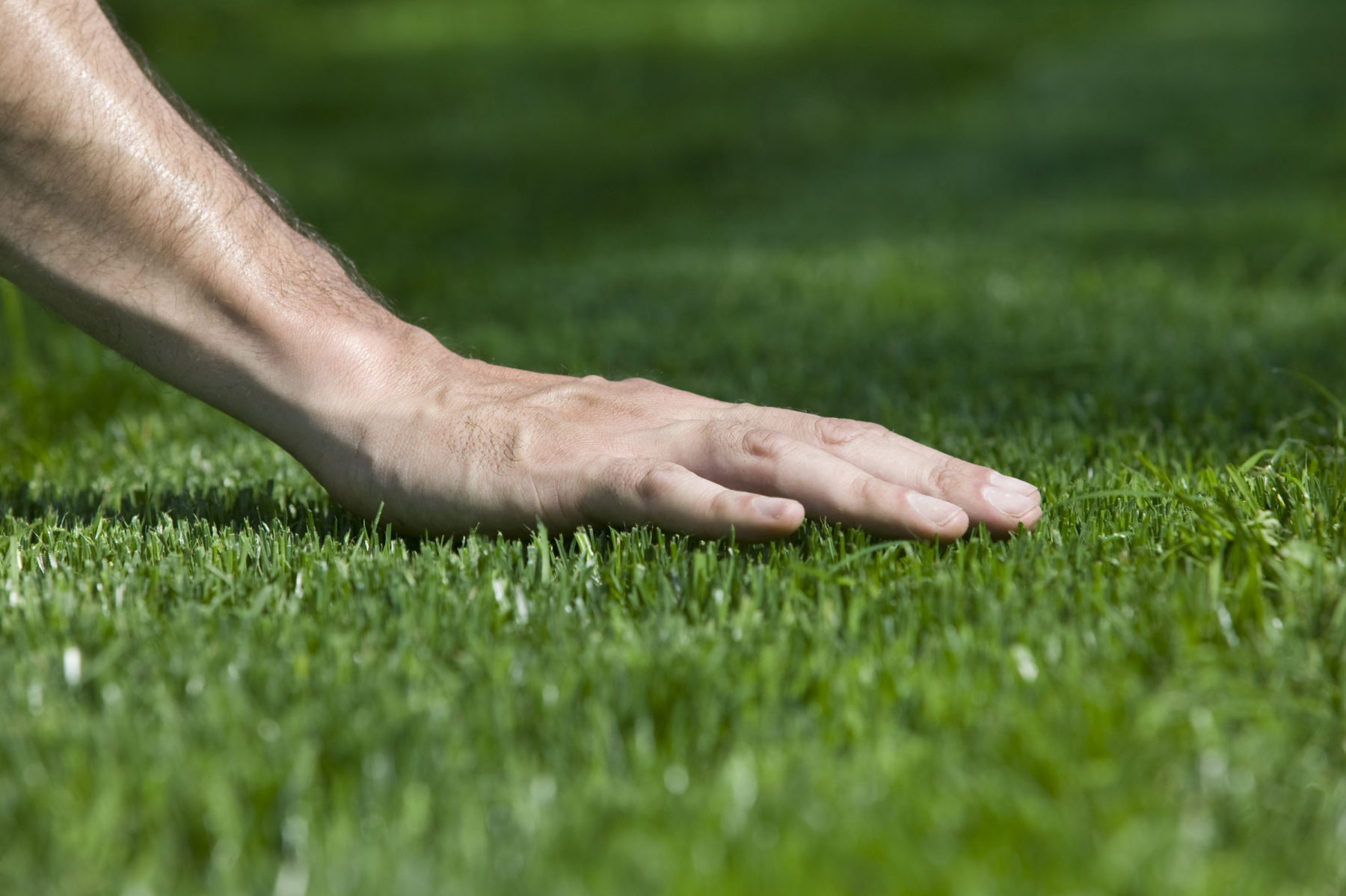

Landscaping Ideas
How To Keep Your Grass Healthy
Published: January 24, 2024
Learn effective landscaping ideas to maintain healthy and lush grass in your yard. Discover essential tips for a vibrant and thriving lawn.
(Many of the links in this article redirect to a specific reviewed product. Your purchase of these products through affiliate links helps to generate commission for Storables.com, at no extra cost. Learn more)
Introduction
Welcome to the wonderful world of landscaping, where lush green lawns and vibrant gardens create an inviting outdoor oasis. A key component of any beautiful landscape is a healthy, well-maintained lawn. A thriving lawn not only enhances the aesthetic appeal of your property but also provides a safe and comfortable space for recreational activities and relaxation.
In this comprehensive guide, we will explore the essential practices for keeping your grass healthy and vibrant throughout the year. From selecting the right grass type to implementing effective watering, mowing, fertilizing, and weed control strategies, we will cover all the crucial aspects of lawn care. Additionally, we will delve into pest management techniques to safeguard your lawn from potential threats.
Whether you are a seasoned lawn care enthusiast or a novice homeowner looking to elevate your landscaping game, this guide is designed to equip you with the knowledge and insights necessary to achieve a luscious, resilient lawn that will be the envy of the neighborhood.
So, roll up your sleeves, grab your gardening tools, and let’s embark on a journey to cultivate a vibrant and healthy lawn that will serve as the centerpiece of your outdoor sanctuary.
Key Takeaways:
- Choose the right grass type based on your local climate and soil to establish a healthy lawn foundation. Consider factors like sunlight exposure and soil composition for optimal grass selection.
- Implement consistent watering, proper mowing techniques, and precise fertilization to nurture a lush, resilient lawn. Proactive weed and pest management also play vital roles in maintaining a vibrant outdoor oasis.
Read more: How To Keep Your Grass Green
Choose the Right Grass Type
When it comes to establishing a healthy and thriving lawn, selecting the right grass type is paramount. The choice of grass largely depends on your local climate, soil type, and the amount of sunlight your lawn receives. Here are some popular grass types and their suitability for different conditions:
- Bermuda Grass: Ideal for warm climates, Bermuda grass is known for its exceptional heat tolerance and rapid growth. It thrives in full sun and is well-suited for high-traffic areas.
- Zoysia Grass: With its dense, lush growth and good tolerance to foot traffic, Zoysia grass is a great choice for lawns in warm regions. It exhibits excellent heat and drought resistance.
- Fescue Grass: This cool-season grass variety is well-adapted to regions with moderate temperatures. It performs admirably in shaded areas and exhibits good tolerance to cold weather.
- Kentucky Bluegrass: Known for its rich, dark green color and fine texture, Kentucky bluegrass is a popular choice for lawns in cooler climates. It thrives in full sun to partial shade.
Before selecting a grass type, consider factors such as the average annual temperature, precipitation patterns, and the specific microclimates within your property. Consulting with local landscaping professionals or nurseries can provide valuable insights into the most suitable grass varieties for your area.
Furthermore, understanding the soil composition of your lawn is crucial for selecting the right grass type. Some grasses thrive in well-drained, sandy soils, while others prefer the moisture retention of loamy soils. Conducting a soil test can help determine the pH level and nutrient content, guiding you in choosing a grass type that will flourish in your specific soil conditions.
By carefully evaluating your local climate, sunlight exposure, and soil characteristics, you can make an informed decision when selecting a grass type that will lay the foundation for a healthy and resilient lawn.
Watering Tips
Proper watering is essential for maintaining a healthy lawn, as it directly impacts the grass’s growth, resilience, and overall vitality. Implementing effective watering practices not only conserves water but also promotes deep root development, which is crucial for the long-term health of your grass. Here are some valuable tips for optimizing your lawn’s watering regimen:
- Establish a Consistent Schedule: Consistency is key when it comes to watering your lawn. Set a regular watering schedule, preferably during the early morning hours, to minimize water loss through evaporation and ensure that the grass has ample time to dry before nightfall, reducing the risk of fungal diseases.
- Monitor Soil Moisture: Keep an eye on the moisture level of your soil to avoid overwatering or underwatering. A simple way to assess soil moisture is by inserting a screwdriver or soil probe into the ground. If it penetrates the soil easily, the lawn may not require watering. However, if the soil feels dry and compacted, it’s time to water.
- Practice Deep Watering: Rather than frequent shallow watering, aim to provide deep, infrequent irrigation to encourage the grass roots to grow deeper into the soil. Deep watering promotes drought tolerance and enhances the lawn’s ability to withstand dry periods.
- Adjust Based on Season and Weather: Tailor your watering schedule to accommodate seasonal changes and weather conditions. During hot and dry periods, increase the frequency and duration of watering, while reducing it during cooler, wetter seasons.
- Utilize Irrigation Systems Wisely: If you have an automated irrigation system, ensure that it is properly calibrated to deliver the right amount of water without causing runoff or water wastage. Periodically check for any malfunctions, such as clogged sprinkler heads or leaks, to maintain efficient water distribution.
By adhering to these watering tips, you can optimize the moisture levels in your lawn, fostering healthy grass growth while conserving water resources. Additionally, a well-hydrated lawn exhibits greater resilience to environmental stressors, such as heat waves and prolonged dry spells, ensuring that your grass remains lush and vibrant throughout the year.
Mowing Techniques
Proper mowing is a fundamental aspect of maintaining a healthy lawn, as it directly influences the grass’s appearance, growth patterns, and overall health. By employing the right mowing techniques, you can promote lush, resilient turf that enhances the visual appeal of your outdoor space. Here are essential mowing practices to ensure the optimal health of your grass:
- Adhere to the One-Third Rule: When mowing your lawn, avoid cutting more than one-third of the grass blade’s height in a single mowing session. This practice prevents stress on the grass and encourages healthy regrowth, resulting in a denser, more robust turf.
- Alternate Mowing Patterns: Varying the direction of your mowing patterns with each session helps prevent soil compaction and ensures even grass growth. Alternating the mowing direction also reduces the likelihood of creating ruts or uneven areas in the lawn.
- Keep Blades Sharp: Sharp mower blades make clean, precise cuts, promoting quicker healing and reducing the risk of grass diseases. Dull blades can tear the grass, leaving it vulnerable to stress and infections. Regularly sharpen or replace mower blades to maintain their cutting efficiency.
- Mow at the Right Height: Adjust the mower blade height according to the recommended mowing height for your specific grass type. Different grass varieties have distinct ideal cutting heights, and adhering to these guidelines ensures optimal health and appearance. Taller grass promotes deeper root growth and shades the soil, reducing water evaporation.
- Avoid Mowing Wet Grass: Mowing wet grass can lead to uneven cuts, clumping of grass clippings, and potential damage to the turf. Wait until the grass is dry to achieve a clean, uniform mowing outcome.
By implementing these mowing techniques, you can effectively nurture a well-groomed, healthy lawn that exudes vitality and resilience. Regular, attentive mowing not only enhances the aesthetic appeal of your landscape but also contributes to the overall well-being of your grass, fostering a robust and inviting outdoor environment for your enjoyment.
Water your grass deeply and infrequently to encourage deep root growth. This will make your grass more drought-resistant and healthier overall.
Fertilizing Your Lawn
Fertilizing is a vital component of lawn care, providing essential nutrients that promote vigorous growth, vibrant color, and overall resilience in grass. By understanding the principles of proper fertilization and adhering to a well-designed fertilization regimen, you can fortify your lawn with the nourishment it needs to thrive. Here are key considerations and tips for effectively fertilizing your lawn:
- Soil Testing: Before embarking on a fertilization program, conduct a soil test to assess the nutrient levels and pH balance of your lawn. This information will guide you in selecting the appropriate fertilizer formulation and determining the optimal application rate.
- Choose the Right Fertilizer: Select a high-quality, well-balanced fertilizer that aligns with the specific needs of your grass type and the prevailing soil conditions. Fertilizers typically contain varying proportions of nitrogen, phosphorus, and potassium, with additional micronutrients that contribute to overall grass health.
- Follow Application Guidelines: Adhere to the recommended application rates and schedules provided by the fertilizer manufacturer. Overapplication can lead to nutrient imbalances, while underapplication may result in inadequate nourishment for the grass.
- Consider Seasonal Needs: Tailor your fertilization schedule to correspond with the seasonal growth patterns of your grass. Early spring and fall are particularly conducive for fertilizing, as they support root development and overall resilience. Avoid fertilizing during periods of drought or excessive heat to prevent stress on the grass.
- Apply Evenly and Carefully: Utilize a calibrated spreader to ensure uniform distribution of the fertilizer across the lawn. Pay attention to overlapping patterns to prevent uneven feeding and potential damage to the grass.
- Monitor Environmental Conditions: Be mindful of environmental factors such as rainfall and temperature fluctuations following fertilization. Heavy rain can wash away applied fertilizer, while extreme heat may intensify the risk of chemical burn on the grass.
By diligently following these fertilization guidelines, you can provide your lawn with the essential nutrients it needs to flourish, resulting in a lush, resilient turf that enhances the beauty and functionality of your outdoor space. Well-nourished grass exhibits enhanced resistance to environmental stressors and maintains its vibrant color and vigor throughout the seasons.
Read more: How To Keep People Off Your Grass
Controlling Weeds
Weeds are a common nuisance in lawns, competing with grass for essential nutrients, sunlight, and water. Effectively managing weeds is crucial for maintaining a healthy, uniform lawn that showcases the beauty of your landscape. By implementing proactive weed control strategies, you can minimize weed infestations and preserve the vitality of your grass. Here are key tactics for controlling weeds in your lawn:
- Maintain Optimal Lawn Health: A healthy, vigorously growing lawn acts as a natural defense against weed encroachment. By adhering to proper watering, mowing, and fertilization practices, you can promote dense grass growth, which inhibits weed establishment and growth.
- Identify Common Lawn Weeds: Familiarize yourself with the common weed species that may infiltrate your lawn. Dandelions, crabgrass, clover, and broadleaf weeds are among the prevalent invaders that require targeted control measures.
- Implement Pre-Emergent Weed Control: Pre-emergent herbicides are effective in preventing weed seeds from germinating. Applying pre-emergent treatments at the appropriate times, typically in early spring and fall, creates a barrier against weed establishment, reducing the need for post-emergent weed control measures.
- Utilize Post-Emergent Herbicides: When weeds have already emerged in your lawn, selective post-emergent herbicides can target specific weed species without harming the surrounding grass. Follow label instructions carefully to ensure safe and effective application.
- Employ Manual Weed Removal: Hand-pulling weeds or using specialized tools to extract them from the soil is an eco-friendly approach to weed control. This method is particularly effective for eliminating individual weeds or small patches without resorting to chemical treatments.
- Address Weed Hotspots Promptly: Identify and address areas of your lawn that are prone to weed infestations, such as thin or bare patches. Overseeding these areas and promoting healthy grass growth can help outcompete weeds and prevent their resurgence.
By integrating these weed control strategies into your lawn care routine, you can effectively combat weed encroachment and preserve the pristine appearance of your grass. A weed-free lawn not only enhances the visual appeal of your landscape but also promotes the overall health and resilience of your turf, fostering an inviting outdoor environment for leisure and recreation.
Dealing with Pests
Protecting your lawn from pests is essential for preserving its health and aesthetics. Common lawn pests, such as grubs, chinch bugs, and armyworms, can cause extensive damage to grass if left unchecked. By implementing proactive pest management strategies, you can safeguard your lawn from potential infestations and ensure the continued vitality of your turf. Here are key tactics for dealing with pests in your lawn:
- Monitor Pest Activity: Regularly inspect your lawn for signs of pest infestation, such as brown patches, thinning grass, or unusual insect activity. Early detection allows for prompt intervention to mitigate pest damage.
- Encourage Natural Predators: Foster a balanced ecosystem in your lawn by attracting natural predators of common lawn pests, such as birds, beneficial insects, and nematodes. These natural enemies help keep pest populations in check, contributing to a healthier lawn environment.
- Utilize Targeted Pest Control Products: When addressing specific pest infestations, opt for targeted pest control products that effectively combat the identified pests while minimizing impact on beneficial organisms and the environment. Selective insecticides and biological control agents can offer precise pest management without compromising overall lawn health.
- Practice Cultural Pest Management: Cultural practices, such as proper watering, aeration, and thatch management, contribute to a robust lawn that is less susceptible to pest damage. Healthy, well-maintained grass exhibits greater resilience to pest pressures.
- Implement Integrated Pest Management (IPM): Embrace an integrated approach to pest management that combines preventive measures, biological controls, and targeted pesticide applications as a last resort. IPM emphasizes sustainable, environmentally conscious pest control strategies that minimize reliance on chemical treatments.
- Seek Professional Assistance: In cases of severe or persistent pest infestations, consider consulting with a lawn care professional or entomologist to accurately identify the pests and determine the most effective control measures. Professional expertise can provide valuable insights into managing complex pest issues.
By incorporating these pest management tactics into your lawn care regimen, you can fortify your turf against destructive pests and maintain a resilient, visually appealing lawn. A pest-free lawn not only enhances the beauty of your outdoor space but also provides a safe, inviting environment for leisure activities and relaxation.
Conclusion
Cultivating a healthy, vibrant lawn is a gratifying endeavor that enhances the beauty and functionality of your outdoor space. By integrating a holistic approach to lawn care, encompassing proper grass selection, watering, mowing, fertilization, weed control, and pest management, you can establish and maintain a lush, resilient turf that serves as the centerpiece of your landscape.
Choosing the right grass type tailored to your local climate and soil conditions sets the stage for a thriving lawn. Thoughtful watering practices, including consistent scheduling and deep watering, ensure that your grass receives the essential moisture it needs to flourish while promoting robust root development. Mowing techniques that adhere to the one-third rule, utilize sharp blades, and vary mowing patterns contribute to the overall health and uniformity of your lawn.
Fertilizing your lawn with precision and care provides vital nutrients that bolster the grass’s growth, color, and resilience. Effective weed control strategies prevent invasive plants from detracting from the beauty of your lawn, while proactive pest management safeguards your turf from destructive insects and organisms.
By embracing these fundamental principles of lawn care and implementing them with diligence and attention to detail, you can create an outdoor sanctuary characterized by a verdant, inviting lawn that enriches your lifestyle and elevates the allure of your property.
So, as you embark on your journey to nurture and maintain a healthy lawn, remember that each action you take contributes to the long-term vitality and splendor of your outdoor oasis. With proper care and a deep-rooted passion for landscaping, your lawn will thrive, providing a source of pride and enjoyment for years to come.
Frequently Asked Questions about How To Keep Your Grass Healthy
Was this page helpful?
At Storables.com, we guarantee accurate and reliable information. Our content, validated by Expert Board Contributors, is crafted following stringent Editorial Policies. We're committed to providing you with well-researched, expert-backed insights for all your informational needs.
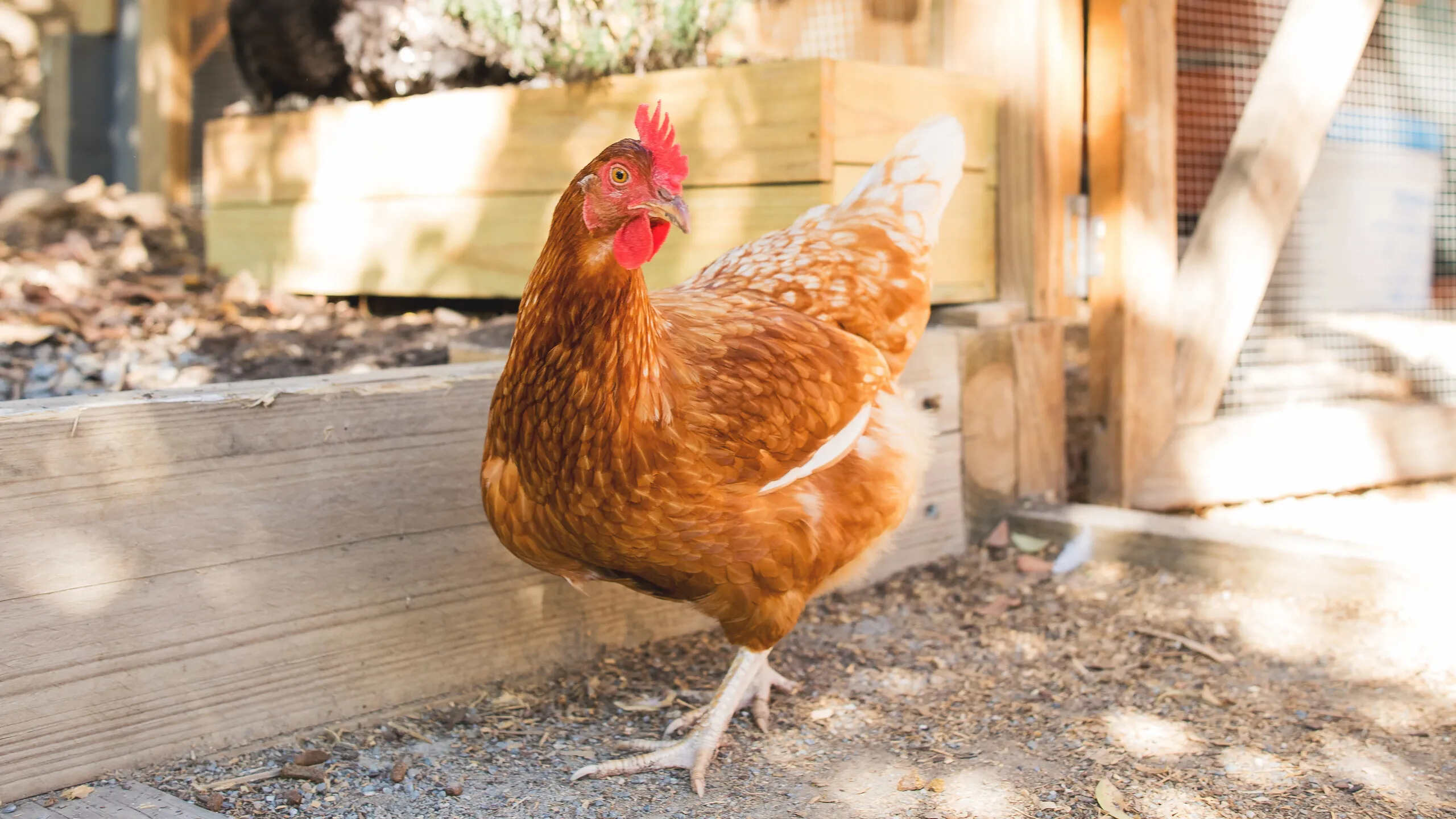
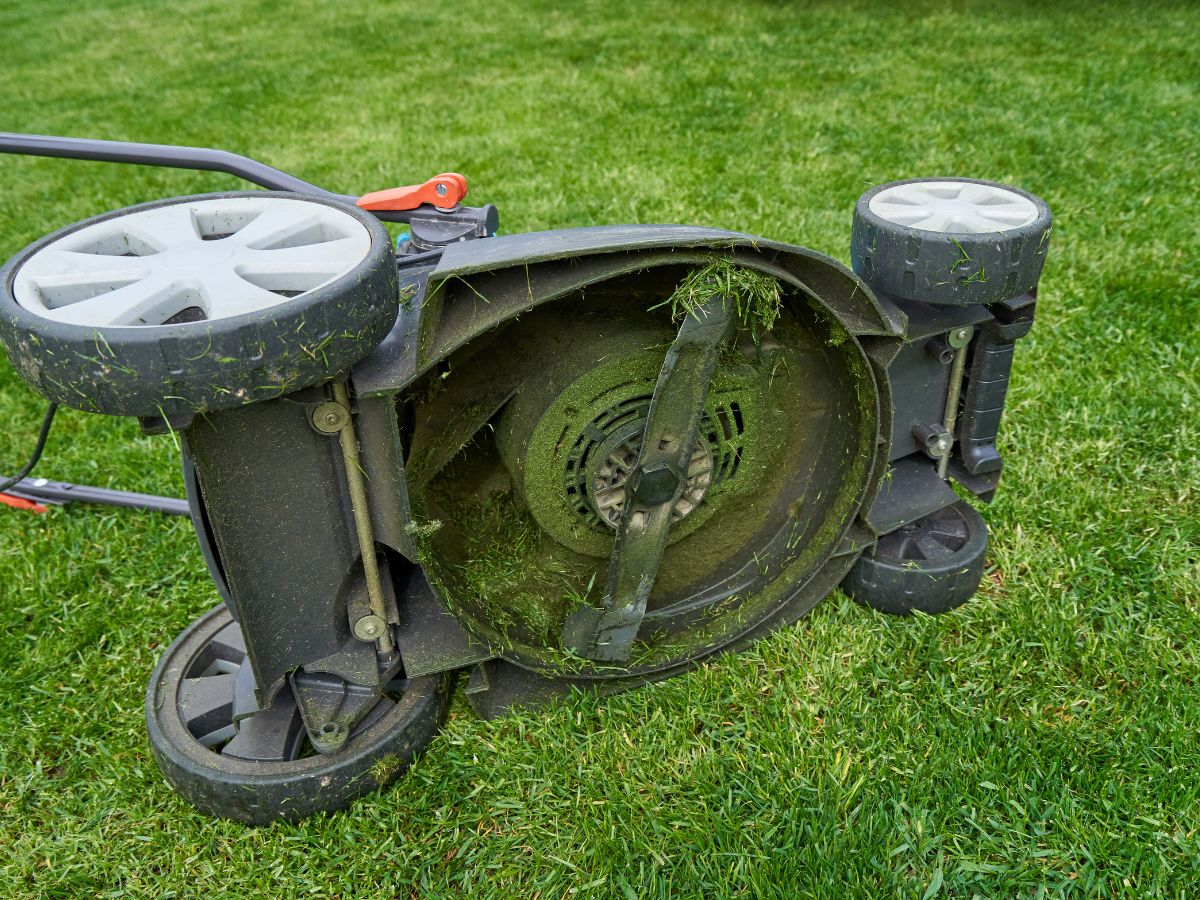


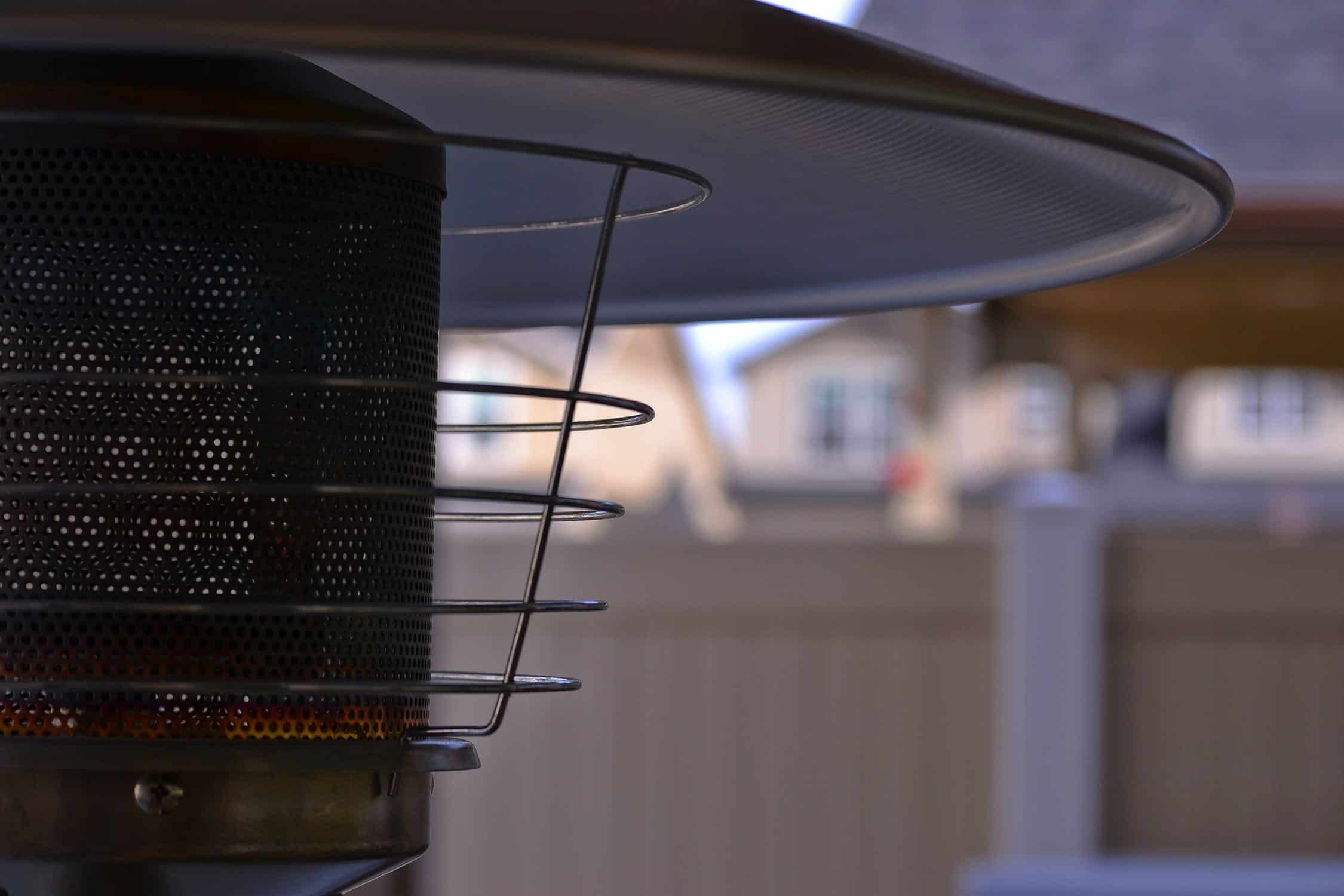

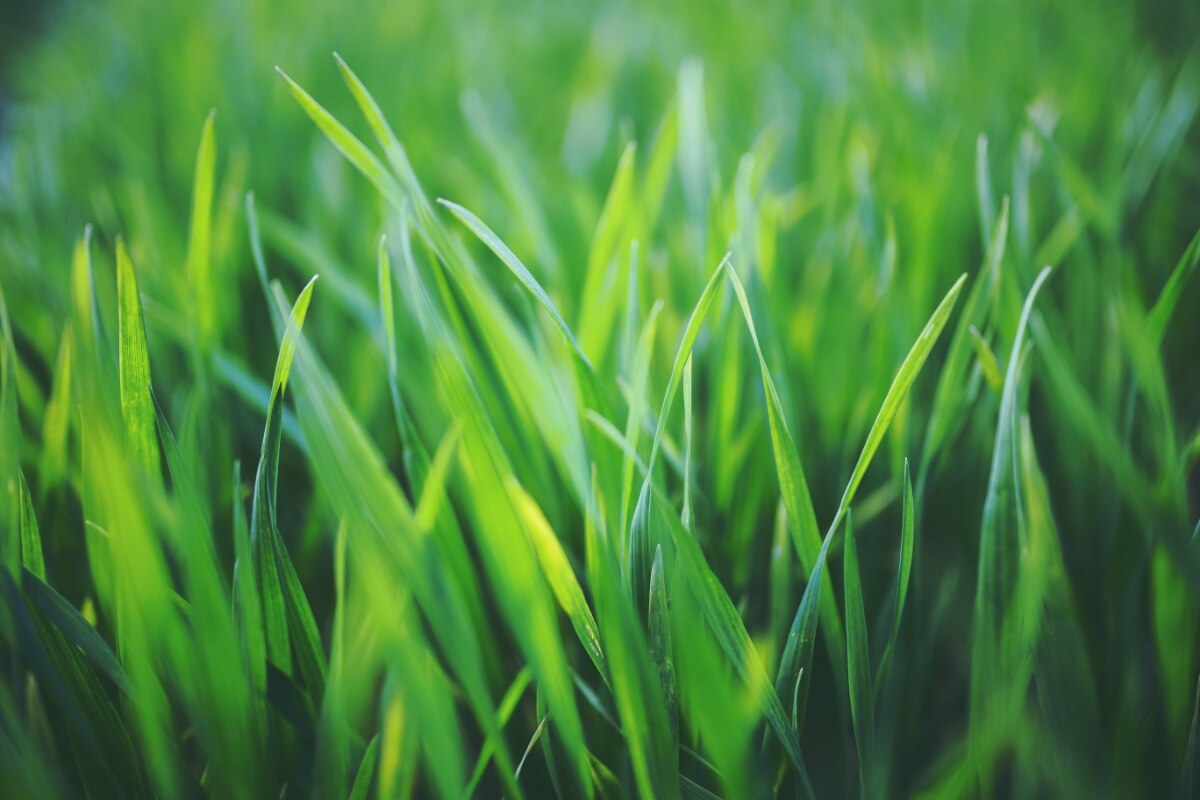
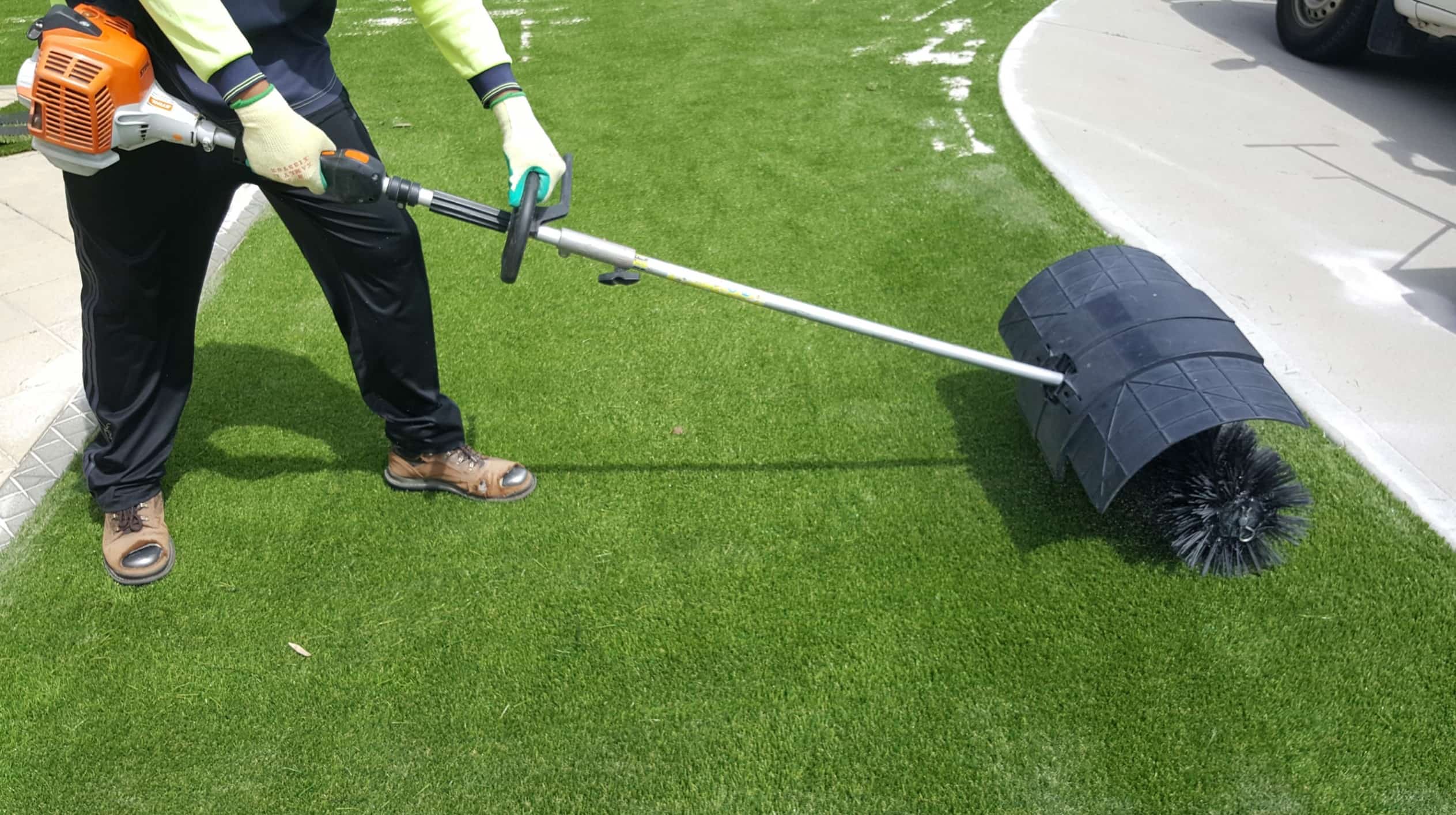




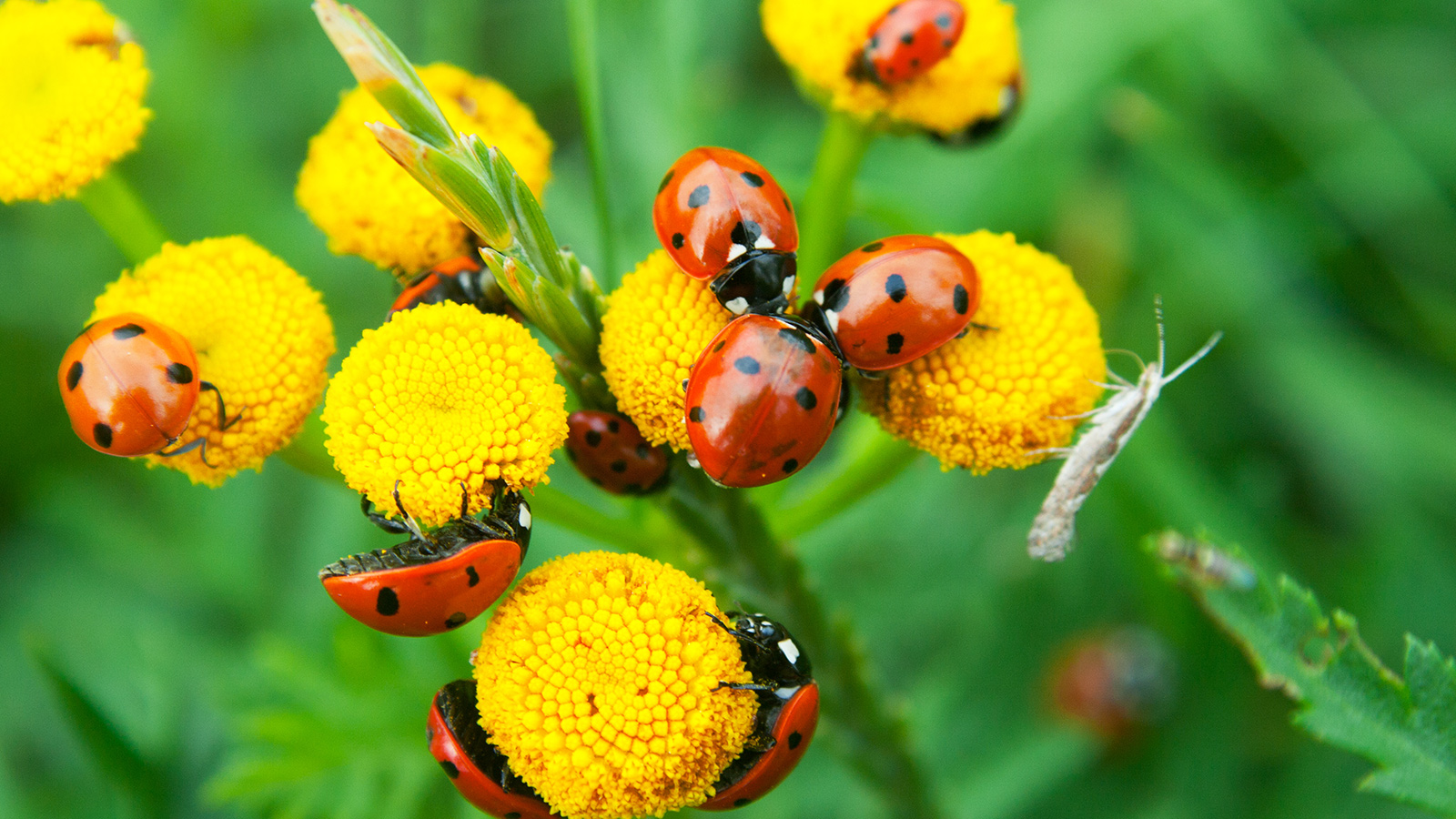


0 thoughts on “How To Keep Your Grass Healthy”